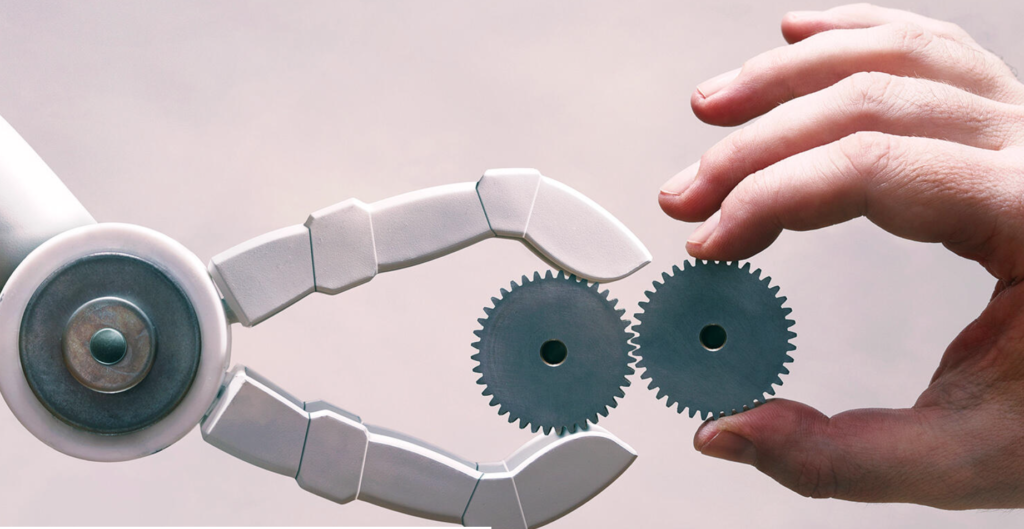The potential of collaborative robots

Integrating robots into a manufacturing system is often prohibitively expensive, therefore smaller firms are left out of the process.
Description
There’s been widespread concern about robots in workplaces, particularly robots replacing human workers. These concerns have been bolstered by research, such as a study that found industrial robots negatively impact jobs and wages. But it doesn’t have to be this way, according to MIT professor and roboticist Julie Shah. Her research focuses on creating robots that augment human capabilities and enhance human well-being, instead of replacing humans. “This is about making robots that are intelligent enough to collaborate with us, to make us better and smarter,” Shah says.
Collaborative robots — often called cobots — are a fast-growing segment of the industrial robotics market, and are often used in manufacturing. They work directly with human workers. Yet so far the benefits of cobots have not been distributed evenly, with the cost and skills involved with integration into the workplace preventing smaller firms from adopting them.
Relevance
Because collaborative robots have the potential to improve worker well-being and productivity without taking away jobs, it’s important to spread their benefits widely, Shah, the co-author of “What To Expect When You’re Expecting Robots,” said. This process would allow human workers to offload easier tasks and decisions to robots so humans can focus on more ambiguous, challenging things.
Learn more
Vision
EIT Manufacturing vision for the future of Manufacturing in Europe in 2030, called ‘Fixing Our Future
Enablers
Enablers for future change and actions to make the vision, as described in Fixing Our Future, a reali
Signals
A knowledge library of over 100 signals of change, as examples of emerging manifestations towards the
About the project
Learn more about the background, the process and the people and the contributors behind this project.

